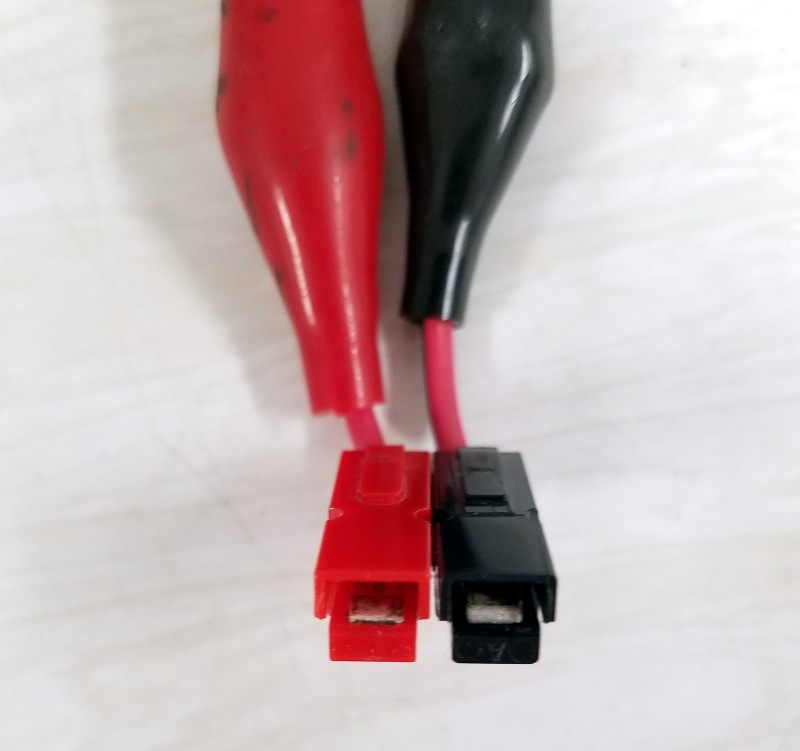Enter the GPSDO
So far in this series, we’ve seen the strengths and weaknesses of both crystal oscillators and GPS receivers[1]I mentioned in part 1, but it’s time to reiterate — I’m using “GPS” generically. It’s perfectly possible to use the GLONASS, Galileo, or Beidou satnav systems to
… Read more
Comparing Crystal Oscillators with GPS
In part 1 and part 2 of this series, we saw that crystal oscillators and GPS receivers both have strengths and weaknesses as frequency standards.
Now, let’s compare them to understand how they differ, and how they complement each other. But first…
Allan Deviation (or
… Read more
GPS as a Time and Frequency Standard
In part 1 of this series, I described the strengths and weaknesses of crystal oscillators. The moral of that story was that a number of processes affect a crystal’s frequency, and that you need something to calibrate and measure the XO against.
… Read more
Introduction
A lot of my recent time and frequency measurement work has been related to GPSDOs — GPS Disciplined Oscillators.[1]There are now multiple GNSS (Global Navigation Satellite System) systems so saying “GPS” is a bit US-centric. But at least for now, virtually all GNSSDOs use GPS.
… Read more
I am working on a current limiter circuit for a GPS antenna bias tee, and wanted to measure the minimum voltage required by particularly modern 3.3V antennas. I did a very simple measurement of a bunch of antennas I had laying around, and these are the results.
I put a
… Read more
The essence of time-nuttery is measuring the stability of clocks and oscillators. Allan Deviation (“ADEV”) is the statistic most commonly used to talk about frequency stability. There’s a very good article about it on Wikipedia, but it’s a bit deep for many. This post is a TL;DR description. To
… Read more
A lot of us use Anderson PowerPole connectors for DC power distribution. There’s a nearly universal standard to use red and black housings for 12 volt-ish (e.g., 13.8) lines, with the housings arranged per the “Orange County RACES Standard” like so:

Of course, to make
… Read more
